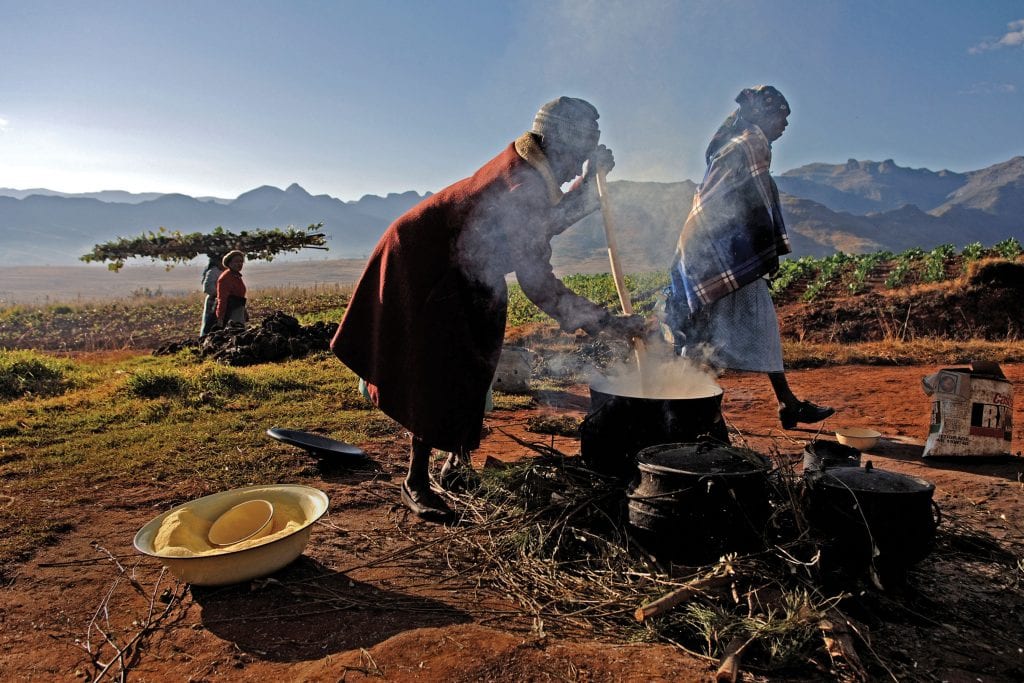I would recommend you take some time to peruse Brassai’s Paris by Night photos on the internet. Brassai would wander the streets of Paris at night with his Voigtländer 6×9 plate camera and 105mm f/4.5 lens on a wooden tripod, capturing the beauty, mood, and mystery of the city on glass-based negative plates.
It was the 1930s, when the photographic process was way more cumbersome and difficult. He often needed long exposures, which he measured with lit cigarettes, smoking a cheap, fast-burning Gauloises for short exposures and a thicker, slower-burning Boyard for longer exposures. He would often use a flash bulb, which was new technology at the time and less dangerous than flash powder (especially when you use cigarettes as timers). Brassai’s work is inspiring, and it holds up today.
What does your block, neighborhood, or city look like when the sun goes down? Night photography is a demanding, challenging, unpredictable, and rewarding genre, and it’s the kind of project available for all to explore and bring their vision to.
It’s worth repeating: “The more personal you make it, the more universal it becomes.”

There’s a long history of photographers getting personal by documenting their own family, using their talents to create a family album they share with the world. Iconic family photographs like Eugene Smith’s A Walk to Paradise Garden, which was the final piece in Edward Steichen’s famous Family of Man exhibit, was an image of his own children.
Of course love, passion, and talent can shine through when you’re capturing your own life and family. We live in a visual world of social media and what used to be private is not so much anymore. When you apply the passion and love you feel for your own family and add your photographic talent, you’re likely to come up with images that transcend the family album.
Making a statement with his beautiful book, The World from My Front Porch, Larry Towell combines his photography with poetry and prose, artifacts, and archive images and prints from his own family album made over 20 years. He goes on to include tear sheets and observations of the dispossessed, people he has photographed far from his front porch but who are close to his heart.

Much of Sally Mann’s work focuses on her home environment and her children growing up. In 1992, more than 300 prints of her haunting, evocative images sold through Houk Friedman Gallery, generating well over half a million dollars. I hope the kids got a cut.
In two very intimate reflections of family life, Magnum Photographer Christopher Anderson focused on his family for his book SON; and Phillip Toledano assembled a moving collection of photographs of his dad’s last years in Days With My Father.
The mantra “photograph what you know” is illustrated in Bill Owens’ book Suburbia, which documented the mass migration away from American cities that began in earnest in the 1960s.

When choosing a story or theme, you should have a solid point of view and know that the subject matter has visual potential. Some stories don’t seem visual on the surface, but once you’re inside, great pictures can be made.
Owens aimed his medium-format camera with Tri-X 220 film at friends and neighbors in the community where he lived and worked as a news photographer: Livermore, California. What resulted is a seminal work where individual images tie together and create a snapshot of life in the new suburban North America.
Owens’ project was a deliberate one. He would shoot every Saturday for a year. He created shot lists and scripts for events and holidays he wanted to include, like Christmas, Thanksgiving, Tupperware parties, and birthdays. He would use his community contacts made from his news photographer job and advertise to find willing and relevant subjects through classified ads. This is even easier now with resources like Craigslist and social media.
Bill Owens met the challenge of finding the extraordinary in the ordinary. It’s all in your perspective. In determining what or who to photograph, I’m constantly looking for strong visual potential as well as subjects who are more outgoing; expressive people often make better subjects than those who keep it all inside.











